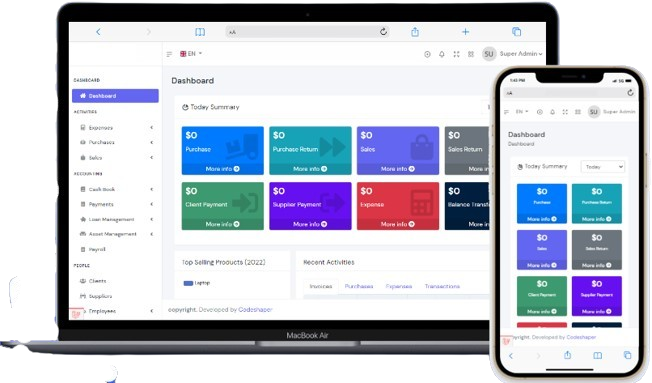Healthcare service | HubSpot
- Home
- portfolio
- Design
- Development
- Ideas
- Technology
- Healthcare service | HubSpot

How it Works
Digital healthcare service system aims to improve access to care, enhance patient outcomes, streamline workflows for healthcare providers, and promote collaboration across the healthcare ecosystem. By leveraging technology, these systems contribute to the advancement of healthcare delivery and the transformation of the patient experience.

Process & Results
Digital healthcare service system refers to a comprehensive platform or ecosystem that leverages digital technologies to provide various healthcare services to patients, healthcare providers, and other stakeholders. Here’s a breakdown of its components and functionalities:
Electronic Health Records (EHR): The system typically includes a secure database to store and manage electronic health records of patients. EHRs contain patients’ medical history, diagnoses, medications, treatment plans, immunization dates, allergies, radiology images, and laboratory test results.
Telemedicine and Telehealth Services: Digital healthcare systems often offer telemedicine and telehealth services, allowing patients to consult healthcare professionals remotely via video calls, phone calls, or secure messaging. This enables access to medical advice, diagnosis, prescription refills, and follow-up care from the comfort of home.
Appointment Scheduling and Management: Patients can schedule appointments online, view available time slots, and receive reminders through the digital healthcare system. Healthcare providers can manage their schedules efficiently and reduce no-show rates.
Health Monitoring and Wearable Integration: Some systems integrate with wearable devices like fitness trackers or medical sensors to monitor patients’ vital signs, activity levels, sleep patterns, and other health metrics. Data collected from wearables can provide valuable insights for preventive care and chronic disease management.
Prescription Management and Refills: Patients can request prescription refills electronically, and healthcare providers can review and approve them through the system. Digital healthcare platforms may also facilitate electronic prescribing, reducing errors and streamlining the medication process.
Health Education and Resources: The system may offer educational resources, articles, videos, and interactive tools to empower patients with information about their health conditions, medications, lifestyle choices, and preventive measures.
Billing and Payment Processing: Digital healthcare platforms often include features for billing, insurance claims submission, and online payment processing. This streamlines the administrative tasks for healthcare providers and enhances the overall patient experience.
Integration with Laboratory and Imaging Services: The system can integrate with external laboratories and imaging centers for seamless ordering of tests, retrieval of results, and incorporation into patients’ electronic health records.
Clinical Decision Support Tools: Some digital healthcare systems incorporate clinical decision support tools that provide evidence-based recommendations to healthcare providers during diagnosis and treatment planning. These tools can improve accuracy, efficiency, and adherence to clinical guidelines.
Security and Compliance: Given the sensitive nature of healthcare data, digital healthcare systems prioritize security and compliance with regulations such as HIPAA (Health Insurance Portability and Accountability Act). They employ encryption, access controls, audit trails, and other measures to safeguard patients’ personal health information.
Overall, a digital healthcare service system aims to improve access to care, enhance patient outcomes, streamline workflows for healthcare providers, and promote collaboration across the healthcare ecosystem. By leveraging technology, these systems contribute to the advancement of healthcare delivery and the transformation of the patient experience.



